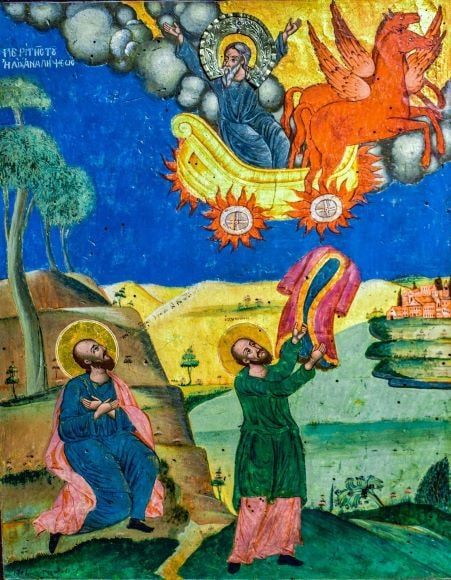How icons depict saints and why every saint has an icon
In the Orthodox Church and iconography, saints of various orders are adored. These are people from the creation of the world to the present who are part of the history of the world's redemption and are related to Jesus Christ, Christian doctrine, and faith in God. And every saint has an icon.





